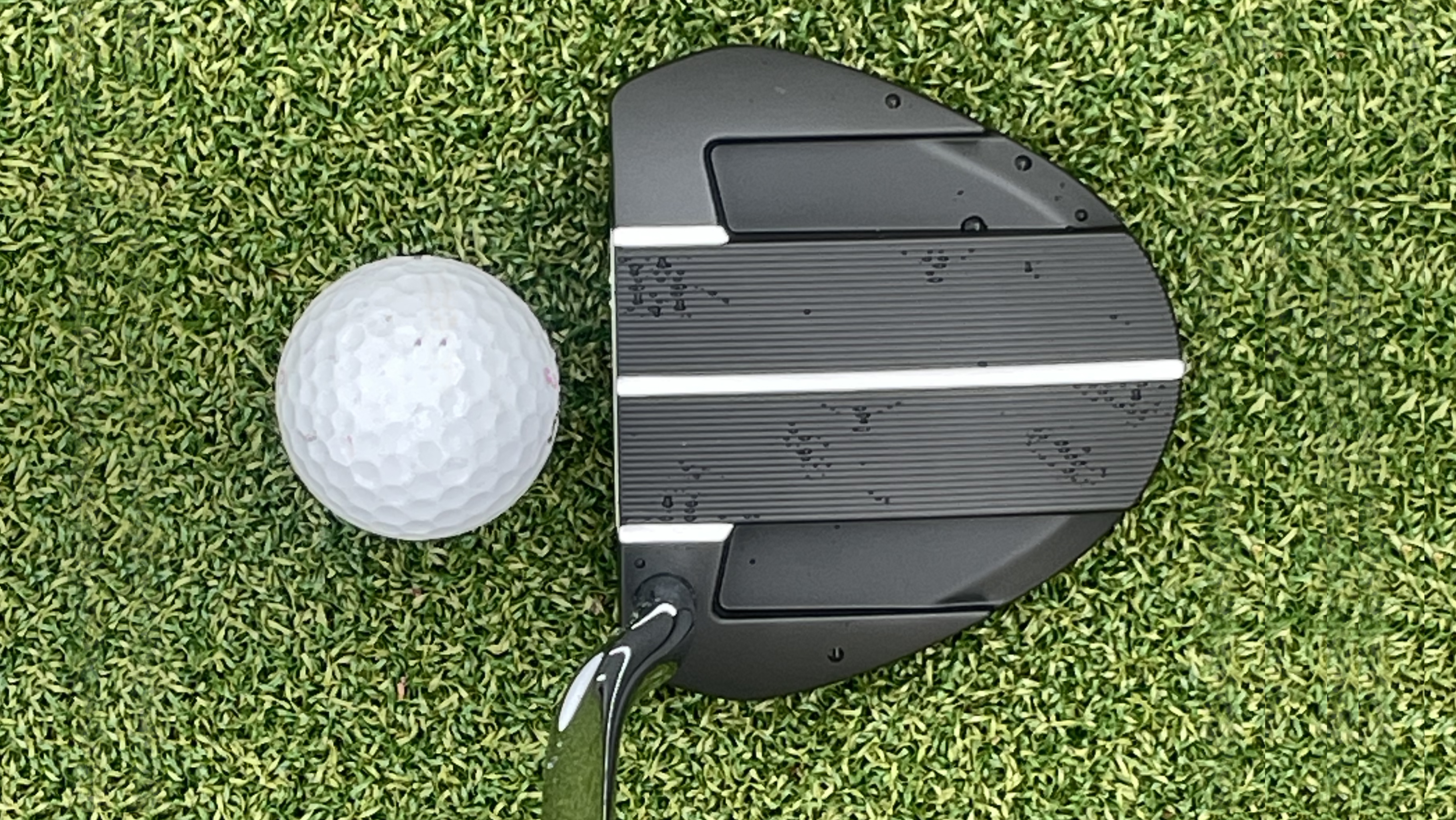
It’s quite rare for a new line of putters to not have some catchy, cool name that was no doubt the result of several brainstorming sessions by a brand’s marketing team, but in 2023 Ping launched a family of putters that they simply referred to as “New Ping Putters”. In May 2024 six more models were added to the line up including the subject of this review; the Ketsch G, a mallet design with a large footprint designed to make this one of the most forgiving putters in the Ping line up. I tested both the new Anser D and the Ketsch G putters to see how they compare to the best Ping putters.
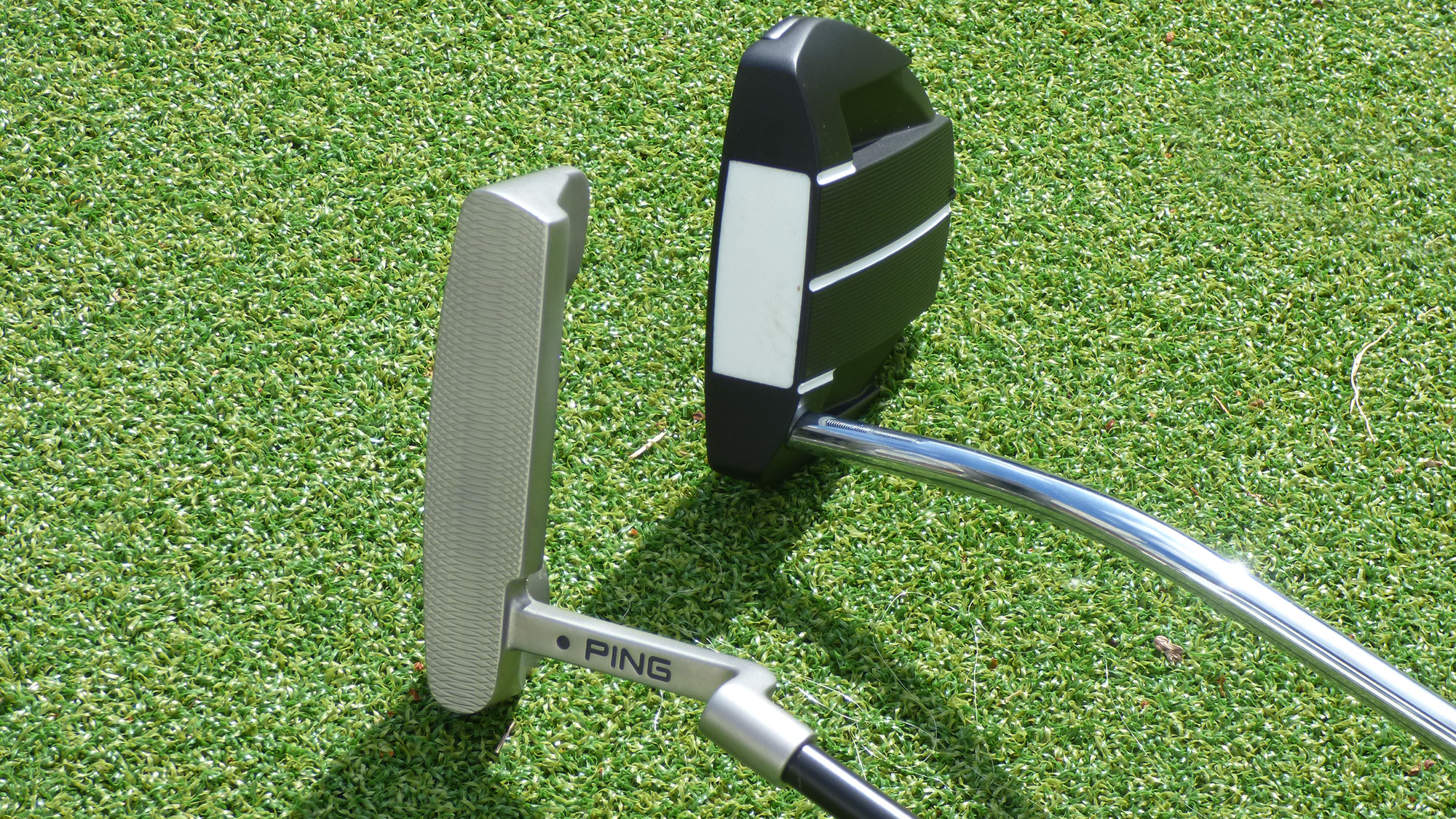
Considering they are from the same line up it is interesting to see how completely different they are (see image above). To look at them you’d never know that they were from the same range as they are totally different in looks, style and branding. One has a milled face, one has an insert. One has a composite shaft, the other has steel. One has a black clubhead, the other is metallic. The only similarity really is the mid-size, classic 'Ping Man' putter grip. This is because the “New Ping Putters” have been developed individually so there is no uniform design.
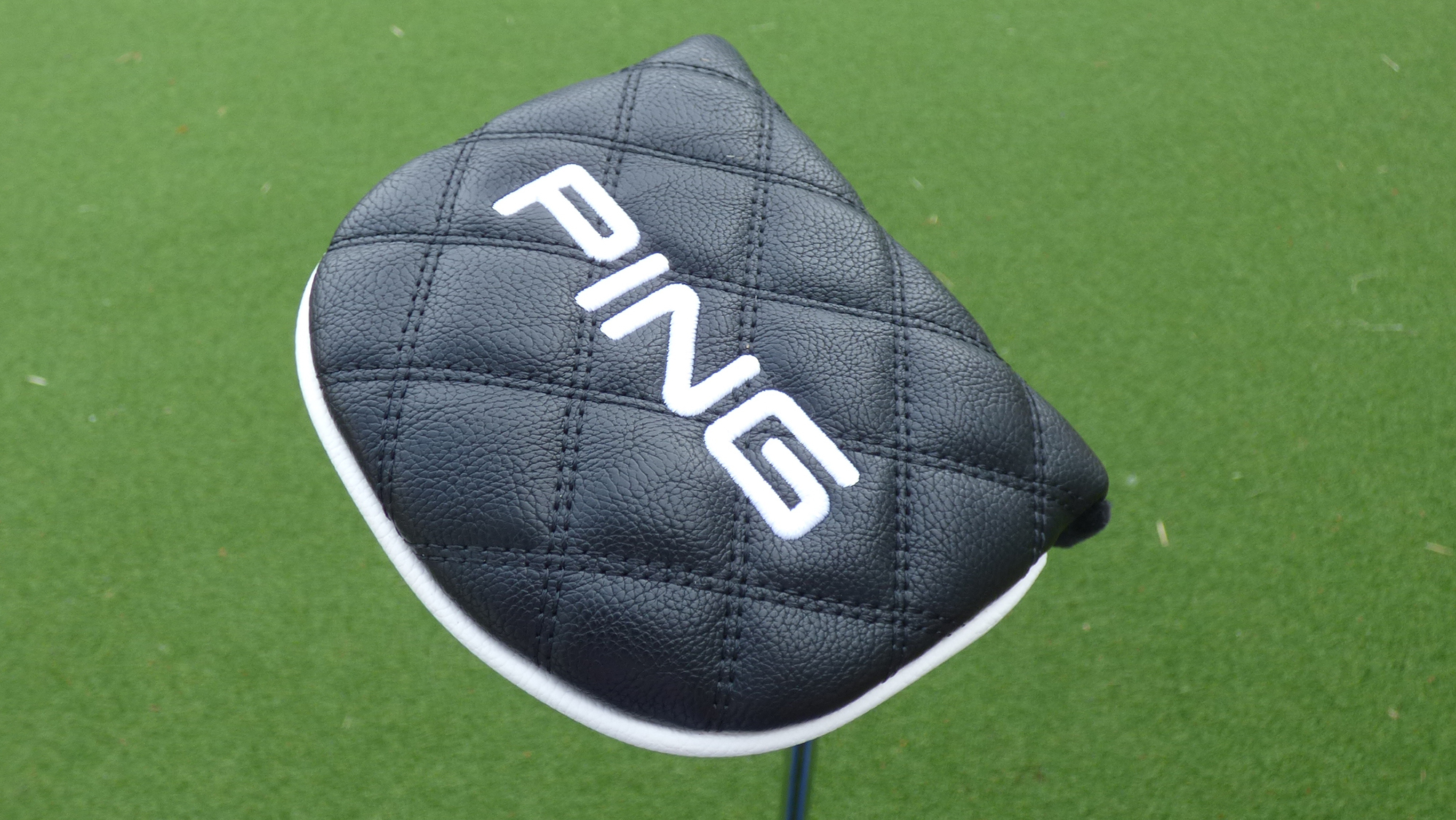
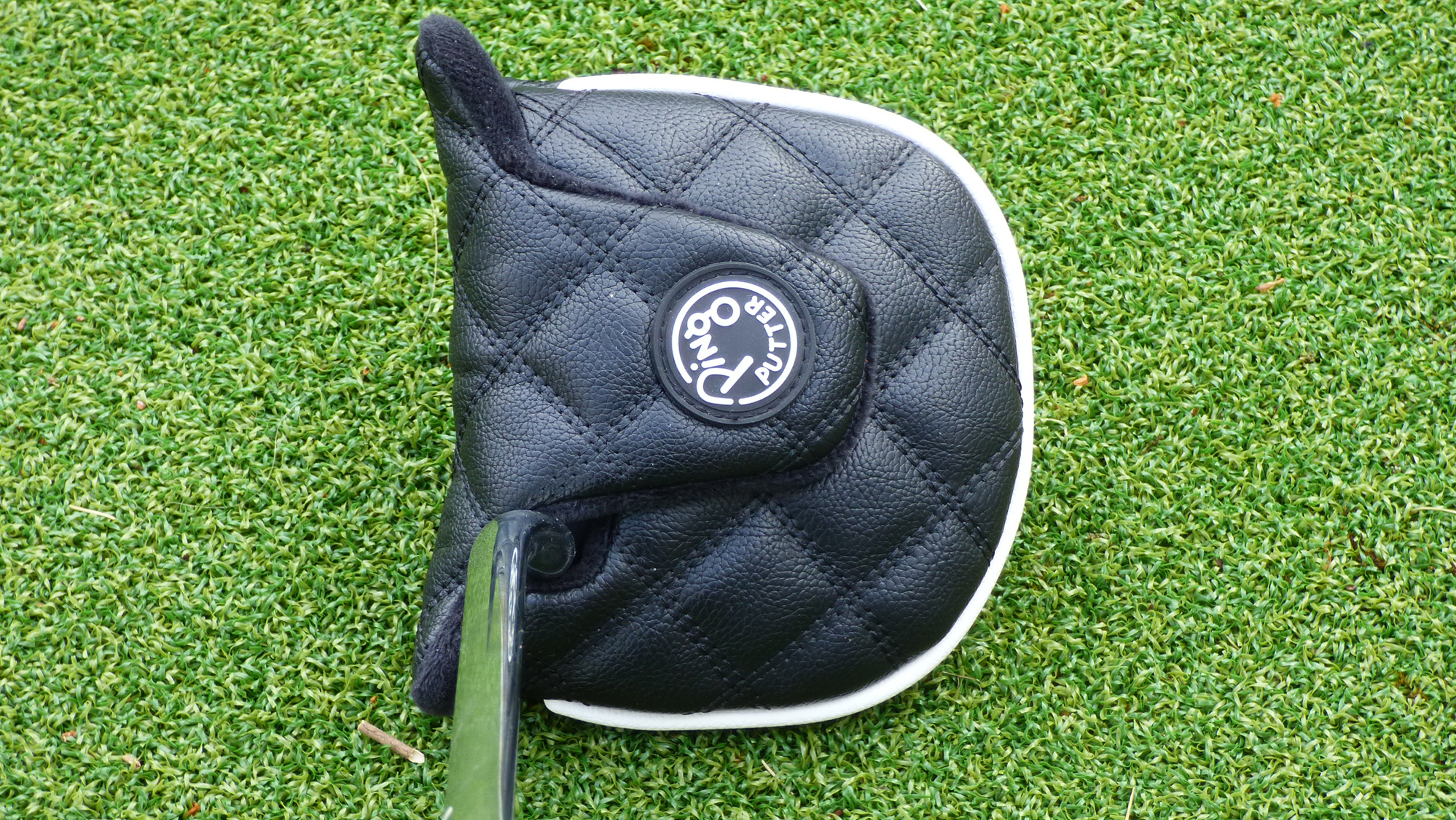
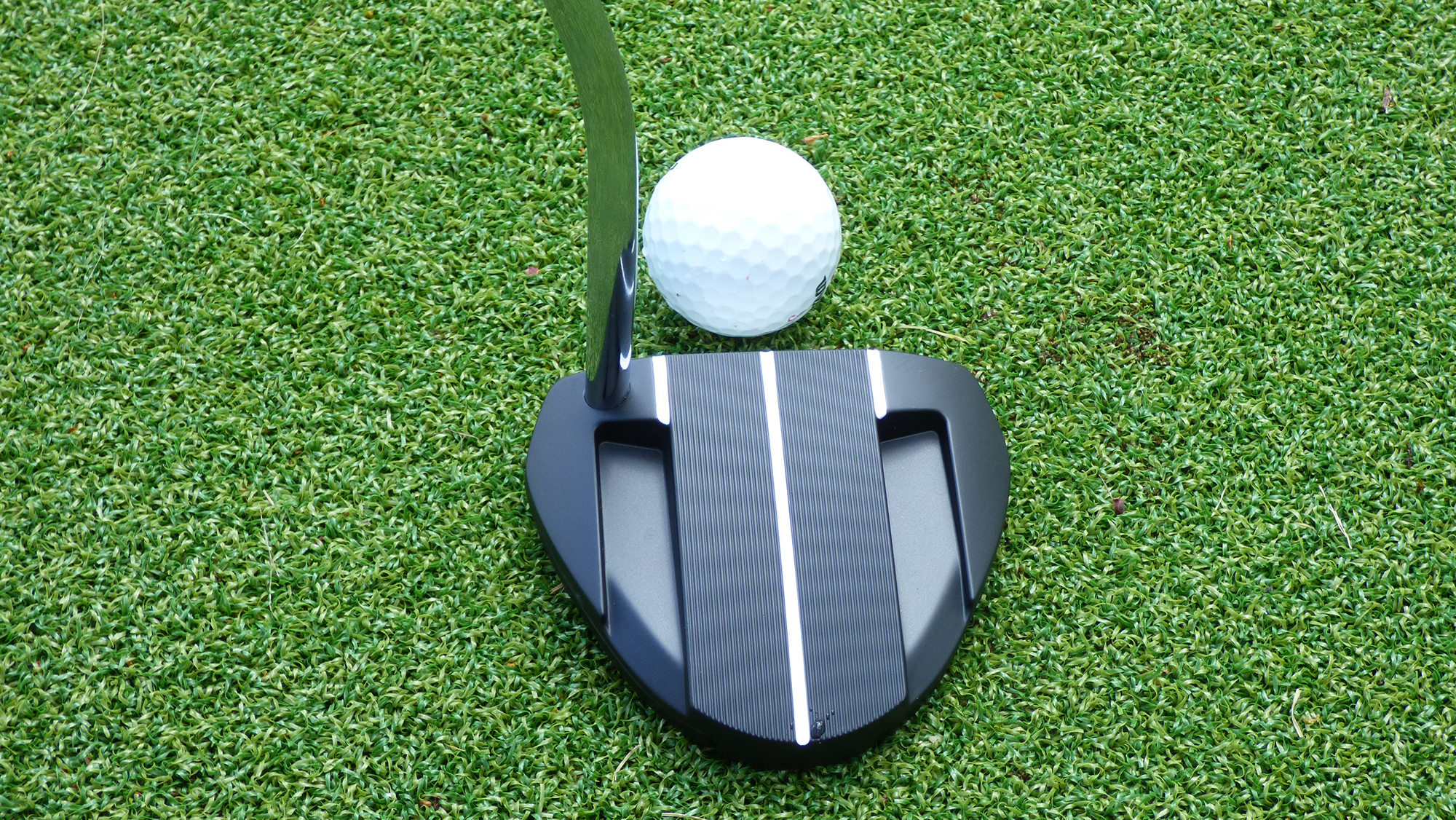
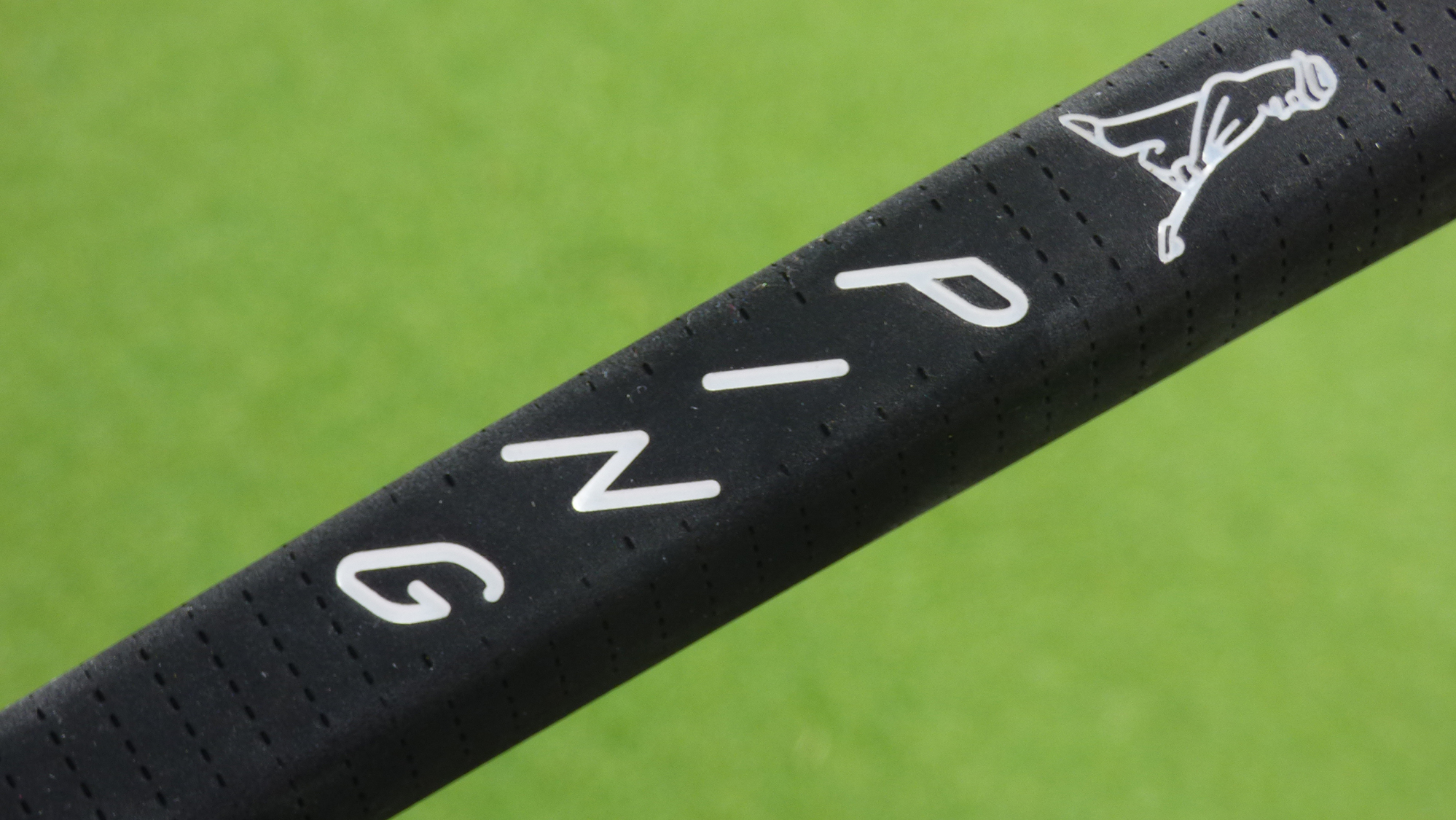
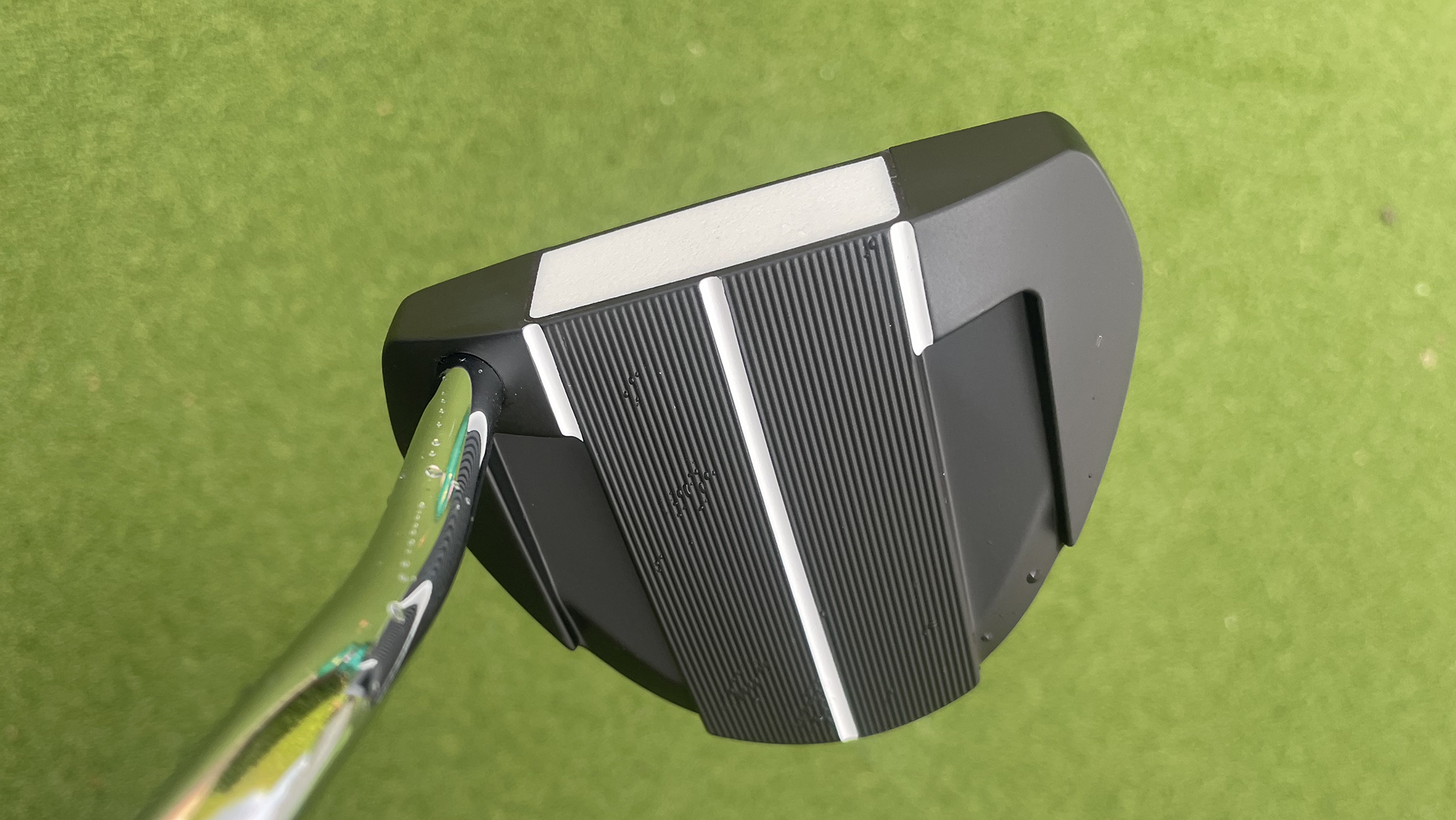
Full disclosure, I’m a Ping putter obsessive and have a sizeable collection of vintage Pings. My current gamer putter is a Ping too, the PLD Oslo 3 model which I was custom fit for last year. There is nothing in my collection with a similar head shape to the Ketsch though, so I was excited to give it a try, particularly when I removed the classic looking head cover and saw it for the first time.
Aesthetically it ticks every box for me. I absolutely love how it looks. I love the traditional grip, I love the PEBAX face insert, I love the alignment markings on the crown as well as the deep footprint which really promotes confidence over the ball. How can you look at all that real estate behind the ball and not think you are getting maximum forgiveness? The plain, traditional design of the head cover is very appealing too and in terms of the visuals I can’t fault this putter at all. It looks great in every way.
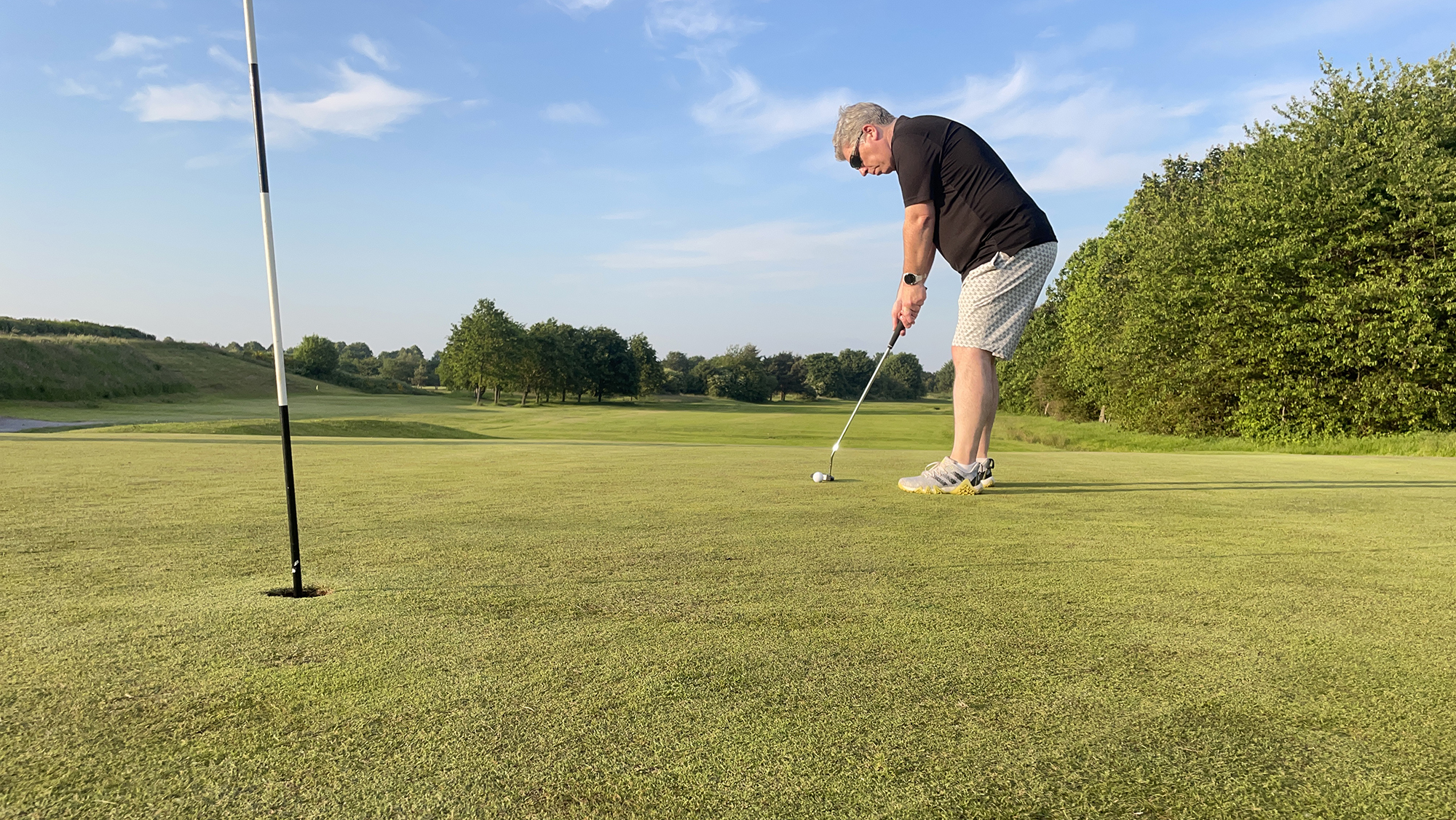
How did it perform though? I tested the Ketsch G extensively over 18 holes at Bootle Golf Course as well as at home on my artificial turf putting surface. I also spent time on the practice green at my local club, Hurlston Hall. I used the best golf balls and struck hundreds of putts with it to get a comprehensive feel for how it performed on all manner of putts.
The first thing to say is that it was as forgiving as I had expected. With my normal putting stroke I was only finding the sweet spot maybe twice every five putts. I’m not sure why as I liked how it sat behind the ball and it felt very stable when I took the putter head back, but coming through to hit the ball just wasn’t quite right. The feeling was similar to when you catch an iron shot a bit thin.
I think the loft and lie may be a little unsuited to me so I had to adjust my stroke slightly (moving my hands forward a touch) to start middling it more frequently. That made a big difference and when I found the center more frequently which really showed off the benefit of the insert, which gives it a softer feel than the milled face of my PLD Oslo 3. It’s a pleasing sound too.
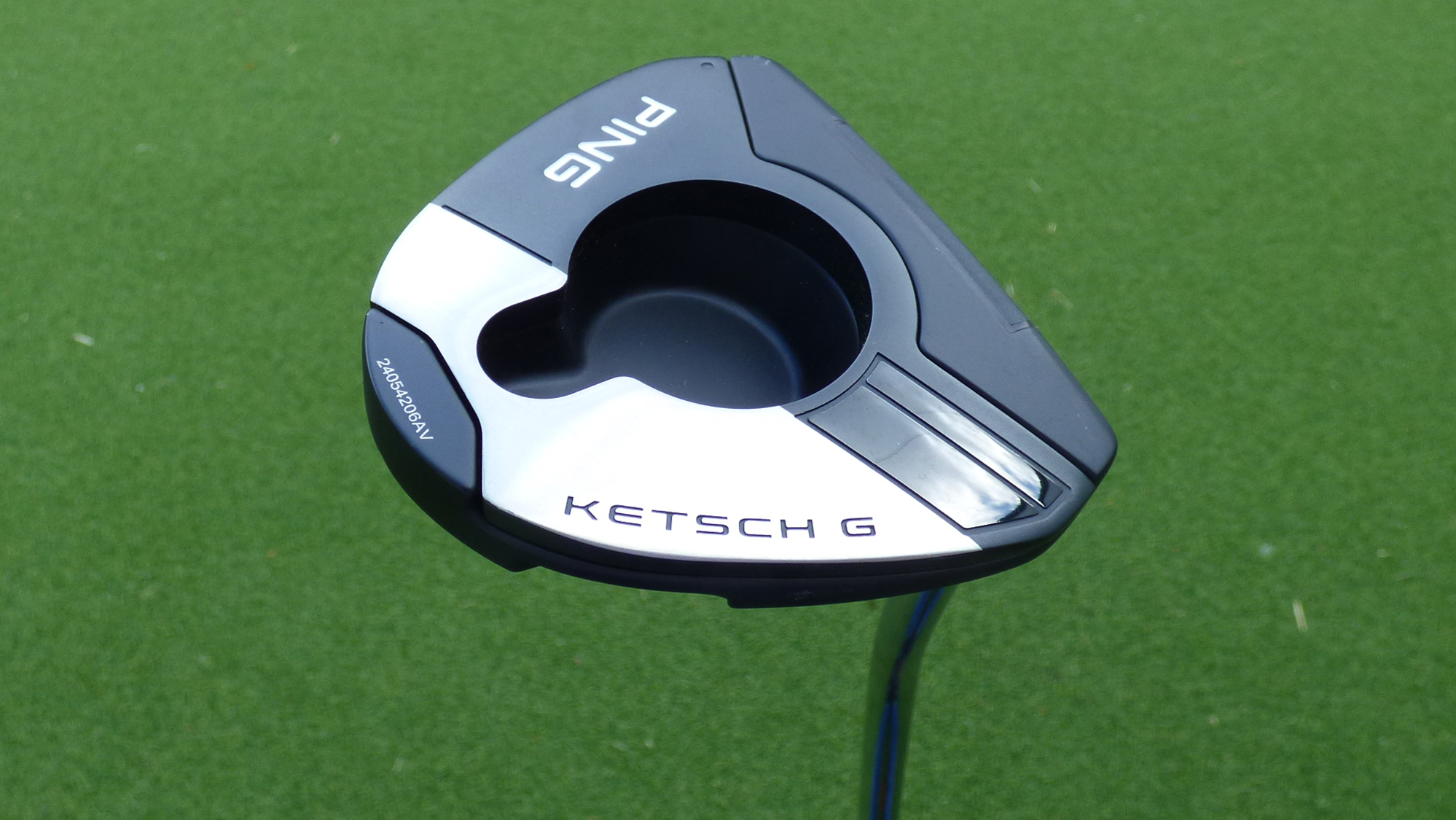
The ball retriever is a useful feature and serves a dual purpose as the weight taken out is redistributed to the perimeter to help with MOI and boost forgiveness. I don’t think there’s much use for it out on the course though as you can only really use it to pick the ball up for gimmes or when you aren’t putting out. Other putters, such as the Cleveland HB Soft 2 Retreve, can pick the ball out of the hole which is great for golfers with back trouble who struggle to bend. The large head of the Ketsch means it is too big to fit in the hole though, which kind of defeats the point.
Overall though this putter brings a lot to the table. It looks great in and out of the bag, it has high levels of forgiveness and the alignment aid is first class and will really help golfers who struggle to get their putts on line. This makes it an excellent putter for beginner golfers or those who just need that bit of forgiveness and a larger footprint to inspire confident when addressing the ball.







